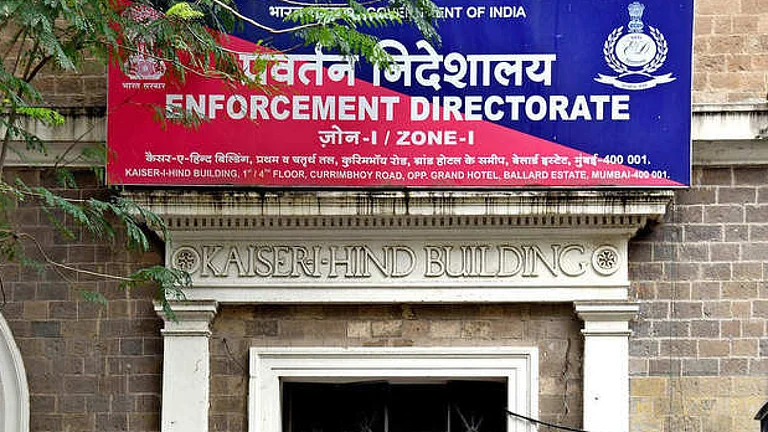The Indian insurance industry is on an upward growth trajectory with gross premiums written reaching Rs 5.53 trillion for FY18, inclusive of both life and non-life. So far, this growth has been achieved largely by offering a one size fits all solution. There has been limited product side innovation while the distributor model largely remains the same. However, the advent of insurtech (insurance companies that leverage technology) is bound to change the landscape completely. By harnessing technology, these companies are able to provide customised solutions with better pricing in an efficient and seamless manner.
Three phases of the Indian Insurance Industry
The insurance industry in India can be divided into three distinct phases. These are explained in the subsequent paragraphs.
Complete Regulation (Inward looking)
There used to be a time, not too far back in the past, when there were as many insurance companies as the number of states in India. This became challenging for the government as many of these were unregulated and as such were highly susceptible to fraud. Subsequently, in 1956 the life insurance sector was nationalised to protect the interest of policyholders and increase penetration. In a similar way, the non-life insurance sector was nationalised in 1971. In 2000, the sector was opened for private sector players as well. Currently there are about 56 players, including life, non-life insurers in India. The privatisation of the insurance sectors saw a range of new products and services being offered and effectively expanded the reach and impact of the sector.
Inviting FDI (Outward looking)
In 2014, the government increased the Foreign Direct Investment (FDI) limit in the insurance sector from 26% to 49%. This was a landmark decision, which gave the sector the much-needed shot in the arm. Introduction of the Prandhan Mantri Suraksha Bima Yojna and the Pradhan Mantri Jeevan Jyoti Bima Yojana gave the industry the nationwide impetus that it required. The larger challenges of financial inclusion and payment systems were taken care of by the implementation of the Jan Dhan and Aadhar scheme.
In a growing industry, capital is a sacred commodity. Insurance premiums in India are at 3% of GDP against the global average of 8%. This indicates that the insurance industry in India is still a fledgling compared to its global counterparts and that it has lot of potential to grow. The insurance sector requires a lot of capital. Further increasing the FDI in insurance will help the industry in myriad ways. It will provide access to capital, management know-how, better technologies and marketing skills, to name a few. It will also lead to indirect benefits such as job generation, higher investment, ultimately giving a fillip to economic growth in the country.
Embracing Tech (Forward looking)
In India, a large section of the society continues to be uninsured and underinsured. The ubiquity of innovative technology and the onset of insurtechs can potentially resolve for two major issues that the industry is currently facing: that of lower penetration rates and the paucity of customised products. Insurtechs are adding another dimension to the insurance industry. They are leveraging technology to create more customised products and tapping investors at a relatively lower cost. The way forward is going to be incumbent upon the speed at which insurance companies adopt technology and implement technological solutions. From that perspective, we have only just begun to scratch the surface. There continues to be enormous future potential for insurers to effectively harness the value of technology.
The insurance companies in India are at the cusp of yet another wave of change. This change is likely to be more disruptive and consequently, is expected to add value across the entire spectrum of insurance products and services.






























